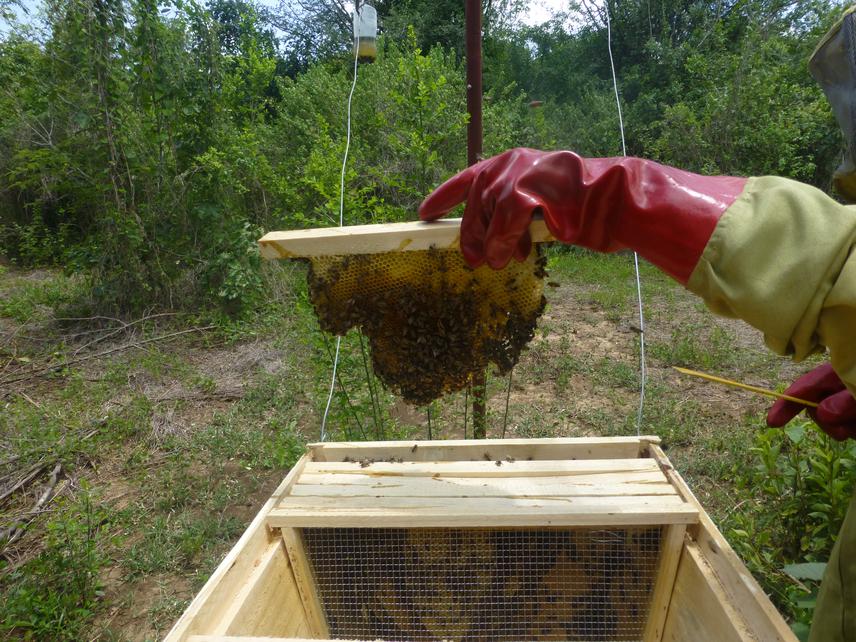Lameck Mkuburo
Other projects
18 Feb 2019
Assessment of Human-Elephant Interactions, Elephant Dispersal and Migration, and Community Attitudes around Northern Selous Game Reserve, Tanzania
This project will strengthen community capacity for human-elephant conflict mitigation via beehive-fences and foster greater participation in elephant protection via a “community elephant monitoring network” for reporting elephant activity and poaching. By mitigating human-elephant conflict and fostering more positive attitudes towards elephants, we will reduce legal and illegal killing of elephants. The project will benefit an estimated 75% of households in the project area whose farms will be afforded protection by beehive fences and will experience reduced economic losses from crop damage in the short and long-term. This project will build entrepreneurial capacity of farmers’ cooperatives by facilitating their official registration as Community-Based Organizations (CBOs) and via comprehensive beekeeping training. The project will also help farmers’ groups to form Village Savings and Loans Associations (VSLAs) to increase their capacity to manage a community bank and benefit from local, small-scale entrepreneurship opportunities.

Beehive inspection.
Human-Wildlife Conflict (HWC) has become a pressing conservation and poverty issue in recent years in Africa. Among the most severe HWC is Human-Elephant Conflict (HEC). HEC threatens elephant populations through retaliatory killings and increased hostility towards elephants, leading to tolerance of poaching. It harms the livelihoods of farmers, as crop-raiding results into reduced food security. It also deteriorates relations between communities and wildlife authorities. This project aims to enhancing human-elephant coexistence in communities around Nyerere National Park through facilitation of community-led projects that increase and diversify incomes, reduce crop losses from elephants, and conserve biodiversity.
This project will include participatory design of crop loss mitigation projects, generation of additional income to communities living alongside elephants, including through beekeeping and rural saving and loans programs. This project will contribute to poverty alleviation by reducing elephant crop-damage and associated financial losses, and generating additional earnings from beekeeping, community banks, and small-scale nature tourism. Beehive fencing will benefit a number of households in the project area through decreased crop losses. We will use our previous data obtained from the Rufford Foundation 1st Round project of elephant crop losses in the area to generate a baseline estimate of economic losses due to elephants, against which to compare the reduction in monetary losses following project implementation. There will be a demonstrated internal market for elephant-friendly honey. Village Savings and Loans Associations will provide members with access to loans and means to formally request assistance from government and microfinance organizations. By the completion of the project, we expect to have a successful beehive fencing design which other farmers affected by elephant crop depredation can adopt. We expect farmers’ groups to take 90% charge of mitigation (both maintenance of existing fences and expansion) by the conclusion of the project. By this time, the groups will be extensively in beekeeping and beehive fence construction. Farmers’ cooperatives will also have established secure links with honey buyers and tour operators, which will ensure financial sustainability of these groups. We expect for these activities to operate long-term if wildlife and people are to achieve harmonious co-existence in this area. Importantly, this project will achieve elephant conservation and management around the area.